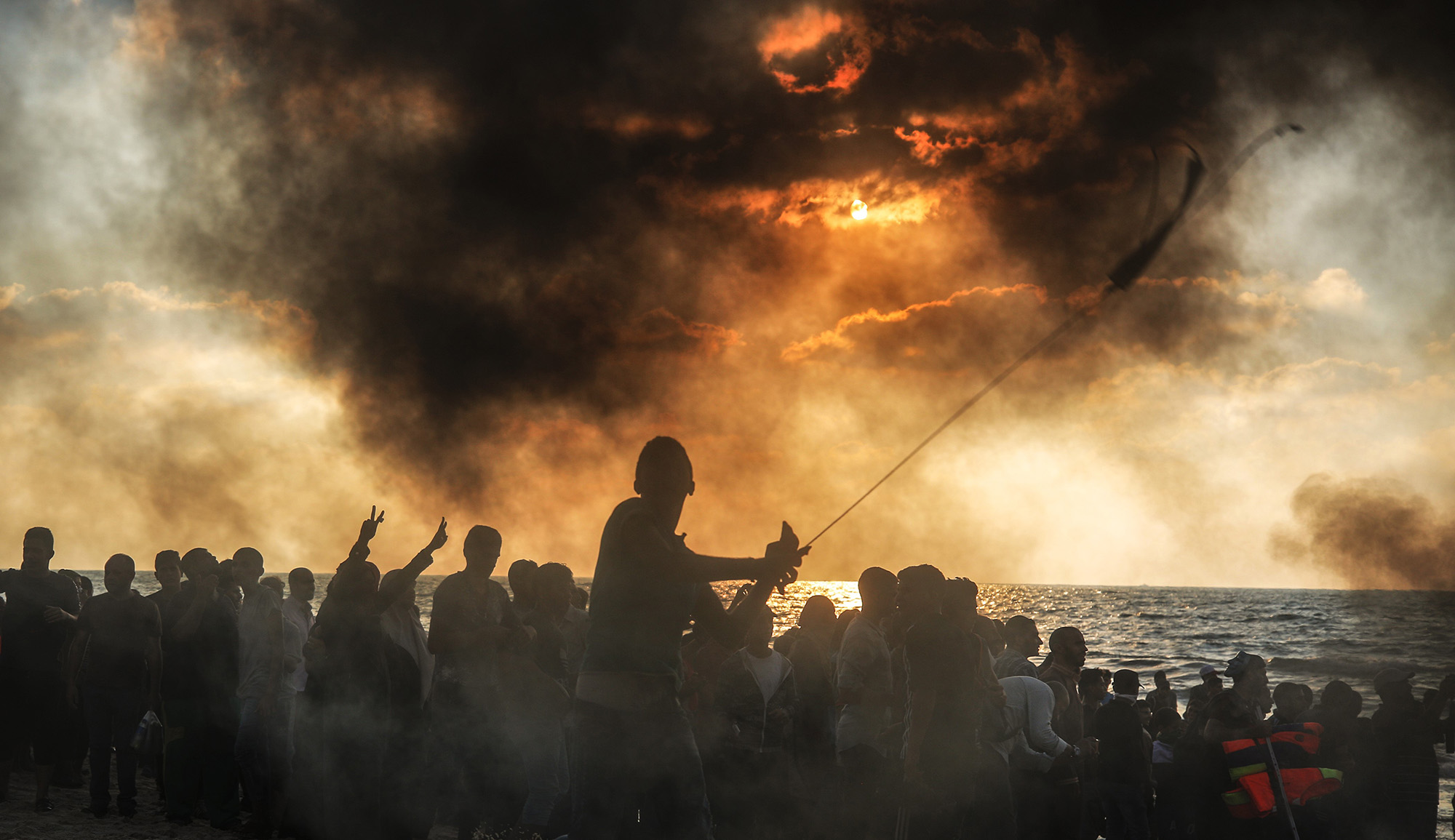In 2018, the Trump administration imposed a battery of sanctions on the Islamic Republic that, if successfully enforced, make it impossible for it to export petroleum—the country’s main source of revenue. Tehran has responded by creating what Eyal Pinko dubs a “shadow fleet” of tankers to bring its fossil fuels to nations without scruples about evading sanctions:
The Iranian tanker fleet includes about 143 tankers, capable of carrying more than 102 million barrels of crude oil or fuel and 11.8 million barrels of liquefied natural gas daily, with a total value of over $7.7 billion per day. With [this] fleet, Iran began to transport oil secretly to China, North Korea, Russia, Syria, Lebanon, and Venezuela.
Iran and China signed a strategic cooperation agreement in the early 2000s. Based on this agreement, China transferred technological knowledge and production lines of weapons, aircraft, and missiles to Iran. In return, Iran [became] China’s main oil supplier.
Iran’s perspective toward the United States and other Western countries, and its hostility toward them, is an essential tool in the hands of China. . . . For China, Iran is a frontier state against the U.S. in the Persian Gulf. It draws U.S. attention away from the South China Sea, where China is expanding its naval power and taking over maritime territories belonging to the region’s countries.
China is also assisting Iran in selling pirated oil and using the Iranian tanker fleet—the new shadow fleet—for oil-bypassing sanctions. . . . China is even helping Iran operate its shadow fleet so that the tankers will not be detected.
More about: China, Iran sanctions, Middle East, Oil


